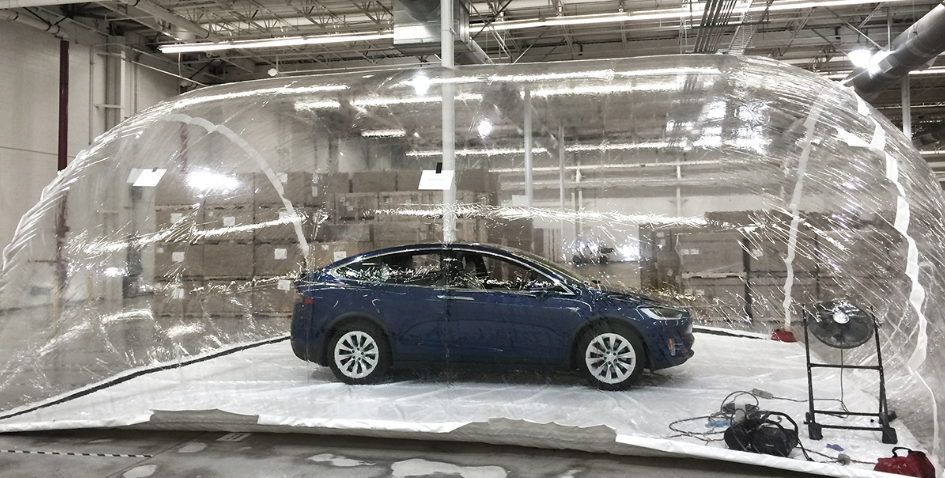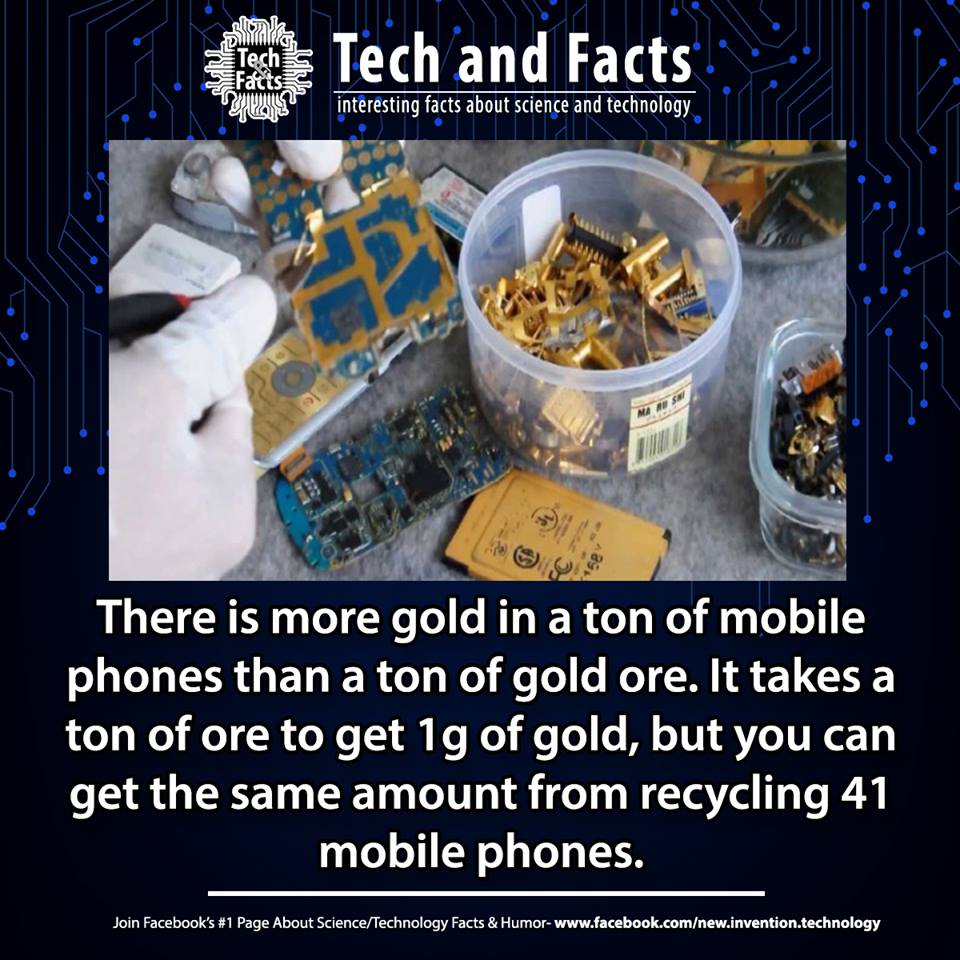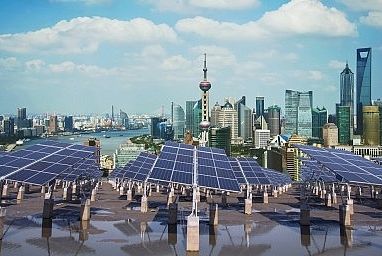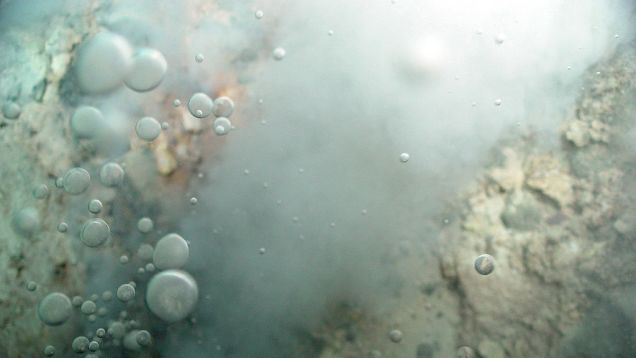Archive for the ‘sustainability’ category: Page 609
May 4, 2016
If Something Is Going To Destroy Humanity, It’s Going To Be One Of These Catastrophes
Posted by Karen Hurst in categories: asteroid/comet impacts, climatology, existential risks, sustainability
Pandemics, asteroids, nuclear war, and sudden, destructive climate change are all unlikely—but not so unlikely that we shouldn’t be planning for them.
May 3, 2016
A Tesla Model S equipped with a robotic arm for your wheelchair [Video]
Posted by Klaus Baldauf in categories: robotics/AI, space, sustainability, transportation
A Germany-based company, Paravan, is a leader in the electric wheelchair market and related accessories to adapt vehicles for people with disabilities. While they mostly work with vans and trucks, their latest product makes almost any car with enough trunk space extremely practical for someone using a wheelchair.
They installed it in a Tesla Model S to illustrate the functionalities of the product and the range of vehicles it can be installed on.
A robotic arm, called Robot 3000, can automatically lift a wheelchair (up to 25 kg – 55 lbs) from the trunk of a vehicle, then it moves the chair to the driver’s side and extends it all the way to the driver’s door.
Continue reading “A Tesla Model S equipped with a robotic arm for your wheelchair [Video]” »
May 2, 2016
Tesla put a Model X in a giant plastic bubble to test Bioweapon Defense Mode
Posted by Shailesh Prasad in categories: sustainability, transportation
May 2, 2016
Tech and Facts Photo 2
Posted by Shailesh Prasad in categories: mobile phones, sustainability

Seed bombing is a method for repairing deforested land.
And that means dropping *a lot* of seeds from the sky.
Apr 28, 2016
China Quest for Clean Tech
Posted by Karen Hurst in categories: economics, energy, sustainability
Nice
Mark L. Clifford on China, renewable energy, and economic growth.
By young china watchers for the diplomat.
Apr 28, 2016
China’s Jia Yueting intends to outmuscle Musk — Taking on Tesla
Posted by Karen Hurst in categories: electronics, mobile phones, sustainability, transportation
LeEco is known as the “Netflix of China” due to its very popular video streaming service, but the conglomerate also has interests in a much wider range of sectors including smartphones, TVs and electric vehicles.
Ding Lei, LeEco’s auto chief and a former top official at General Motors’ China venture with SAIC Motor, says part of LeEco’s advantage in tomorrow’s auto industry is that it carries no baggage from today’s.
This, the man said, is the future of cars, and the Chinese consumer electronics company LeEco is going to make that future a reality.
Continue reading “China's Jia Yueting intends to outmuscle Musk — Taking on Tesla” »
Apr 28, 2016
The Oceans Are Running Low on Oxygen
Posted by Sean Brazell in categories: climatology, sustainability
File this under definitely not good: global warming is depleting the oceans of oxygen. You know, that little molecule that we, along with all other complex life forms, require in order to breathe and therefore live.
The reason is simple. According to basic thermodynamics, cold water can hold more dissolved gases than warm water. As our ever-warming atmosphere heats the surface of the ocean, the oxygen content starts to fall. Also, as water warms, it expands and gets lighter. This makes it less likely to sink, which in turn reduces the transport of oxygen from the atmosphere into the deep ocean.
All of this is well-established science. It’s also understood that the oxygen content of the ocean varies all the time due to changes in weather, seasons, latitude, and longer-term climate patterns like El Niño. But a study published this week in Global Biogeochemical Cycles is the first to show that the oxygen content of the world’s oceans is now falling thanks to climate change.
Apr 28, 2016
Tesla planning cheaper EV that ‘most people can afford’
Posted by Shailesh Prasad in categories: sustainability, transportation
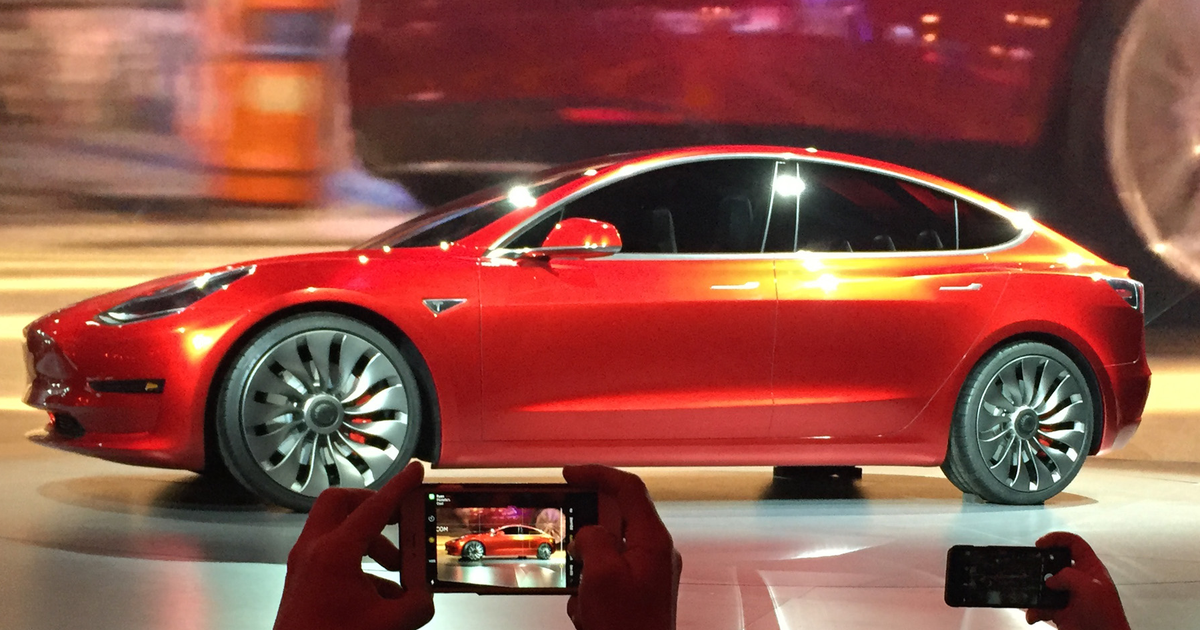
https://youtube.com/watch?v=HaJAF4tQVbA
Turns out the Model 3 isn’t going to be Tesla’s most affordable model.
Teslas can cheaper?
Continue reading “Tesla planning cheaper EV that ‘most people can afford’” »



